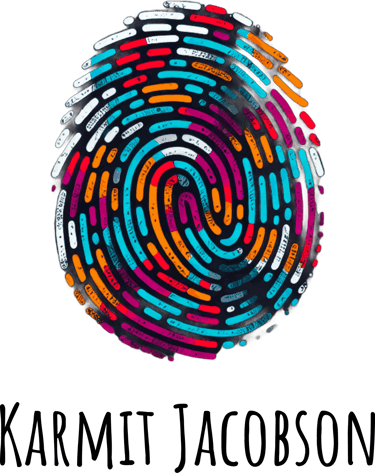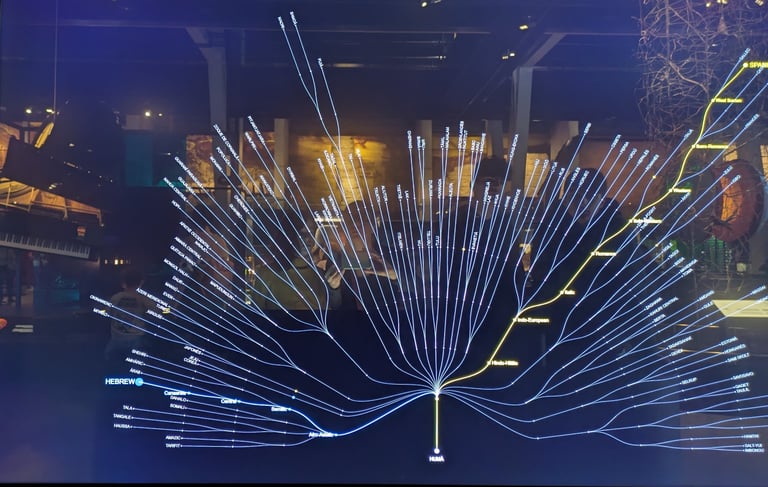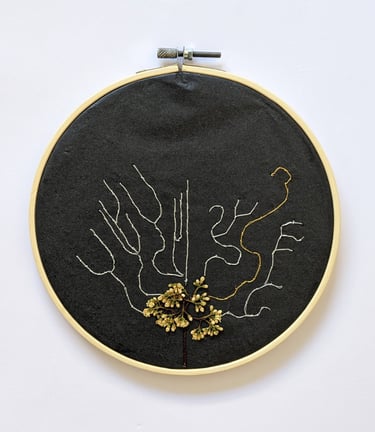Language and Trees
Immigration and Inspiration
Language reveals a lot about the culture and thinking of the people who speak it. In Spanish, for example, they use "I have" a lot - I have hunger (instead of I am hungry), I have tiredness, I have cold (need a blanket), I have fear, I have 45 years (instead of I am 45 years old). I find it beautiful. There is something calming in the temporariness and partialness of "I have fear" and the modesty of "she has reason" (instead of she is right).
In Barcelona, in the giant science museum, which has enormous dinosaurs, a rainforest that is also an aquarium, a caveman with full-sized friends, and whatnot, I end up spending most of my time standing in front of a computer screen with a diagram of the language tree. On the user's side, you press the desired language, and on the screen opposite, the historical path that led to it lights up. Fascinating. The Basque language (spoken in northern Spain and across the border in southern France) lights up a branch of its own, an orphan language of unknown origin. When you get a chance, listen on YouTube; it's fascinating and very different. Icelandic has remained remarkably similar to Old Norse, the language of the Vikings, over the past thousand years. This is due to Iceland's geographic isolation. Hebrew has its own unbelievable story, as a language that almost ceased to exist altogether, only to become a vibrant, spoken language once again. Inspired by this fascinating language tree, I made my own tree.




